You’re about to initiate on a journey to tame your temperamental skin, and consistency is key! As someone with acne-prone skin, you’re likely no stranger to frustration. But don’t worry, with the right approach, you can say goodbye to breakouts and hello to a radiant glow. In this guide, you’ll learn the simple yet effective steps to create a skincare routine that will help you achieve the clear skin you’ve always wanted.
Table of Contents
Key Takeaways: Steps For A Skincare Routine For Acne-Prone Skin
To establish an effective skincare routine for acne-prone skin, consider the following steps:
- Start with a gentle cleanser that effectively removes dirt and bacteria without stripping the skin of its natural oils, which can exacerbate acne.
- Use a toner to balance the skin’s pH and tighten pores, reducing the appearance of acne and preventing future breakouts.
- Apply a spot treatment containing salicylic acid or benzoyl peroxide to individual pimples to reduce inflammation and promote healing.
- Incorporate a moisturizer that is oil-free and non-comedogenic to hydrate the skin without clogging pores and causing further acne.
- Exfoliate regularly using a chemical exfoliant or physical exfoliant to remove dead skin cells and unclog pores, helping to prevent acne.
- Protect the skin from UV damage by applying a broad-spectrum sunscreen with at least SPF 30 daily, as sun exposure can worsen acne and lead to hyperpigmentation.
- Maintain a consistent skincare routine and be patient, as it may take some time to see improvements in acne-prone skin and to find the right combination of products that work for your individual skin type.
Understanding Acne-Prone Skin Types
Your skin is unique, and understanding its type is the first step towards creating an effective skincare routine. To determine your skin type, consider the following characteristics:
- Sensitivity: How your skin reacts to products and environmental factors
- Oil production: The amount of sebum your skin produces
- Pore size: The size of your pores, which can affect the appearance of acne
- Hydration levels: The amount of moisture in your skin
- Acne frequency: How often you experience breakouts
The following table breaks down the different skin types and their characteristics:
| Skin Type | Characteristics |
|---|---|
| Normal | Balanced oil production, small pores |
| Oily | Excessive oil production, large pores |
| Dry | Low oil production, small pores |
| Combination | Mixture of oily and dry areas |
| Acne-prone | Frequent breakouts, inflammation, and scarring |
Thou shall be able to identify your skin type by considering these factors and characteristics.
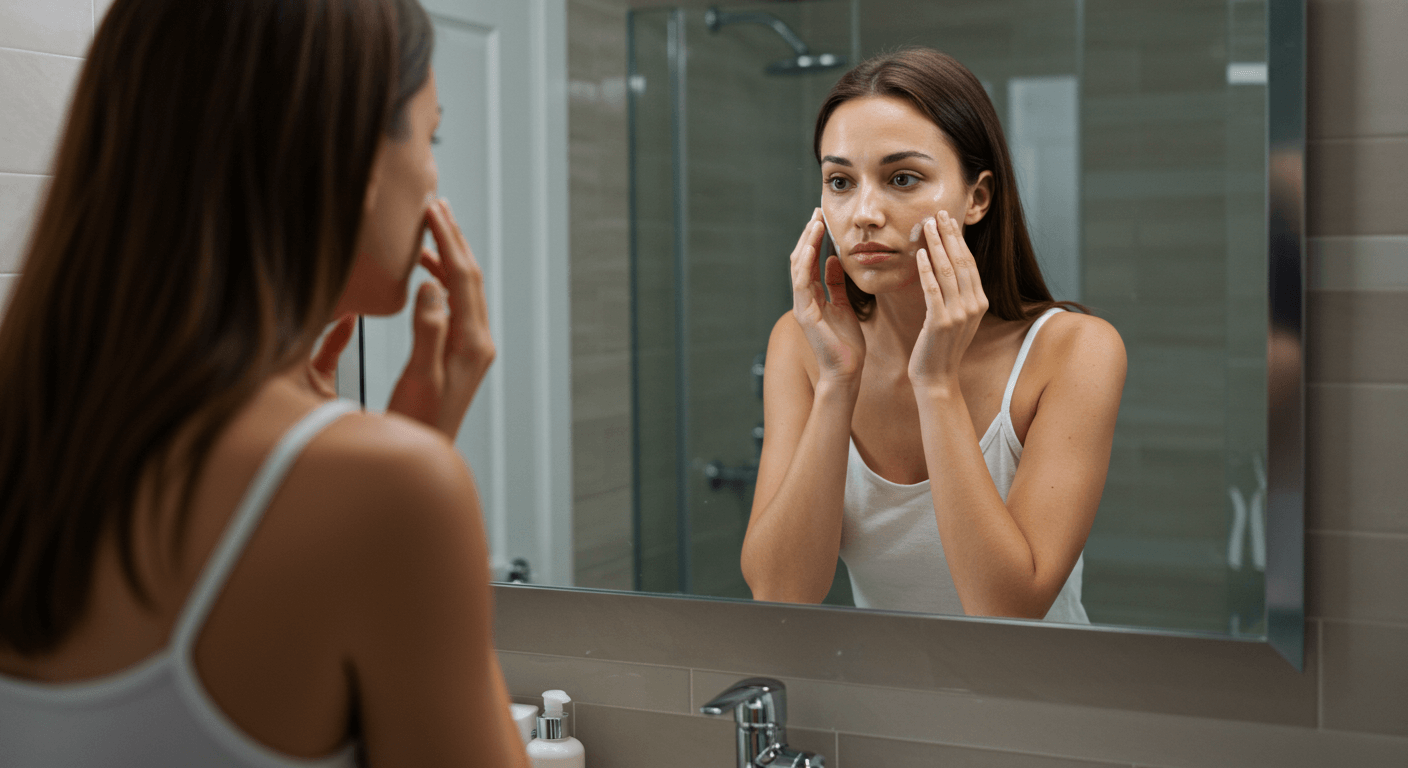
Identifying Your Skin Type
Similarly, to determine your skin type, you can perform a simple test: wash your face with a gentle cleanser, then wait for an hour without applying any products. Observe your skin: if it looks shiny and greasy, you likely have oily skin. If it feels tight and flaky, you may have dry skin. If you notice a combination of both, you have combination skin. If you experience frequent breakouts and inflammation, you likely have acne-prone skin.
Somewhat surprisingly, your skin type can change over time due to various factors, such as hormonal fluctuations, environmental factors, and product usage. So, it’s necessary to regularly assess your skin and adjust your skincare routine accordingly. You can also consult with a dermatologist to get a more accurate assessment of your skin type and personalized recommendations for your skincare routine.
Common Characteristics of Acne-Prone Skin
Skin that is prone to acne often exhibits certain characteristics, such as excessive oil production, large pores, and frequent breakouts. You may also notice inflammation, redness, and scarring on your skin. Additionally, acne-prone skin can be sensitive to products and environmental factors, making it necessary to choose gentle, non-comedogenic products that won’t clog your pores.
Almost always, acne-prone skin requires a tailored approach to skincare, taking into account its unique characteristics and needs. You should focus on preventing breakouts, reducing inflammation, and fading scars. A consistent skincare routine, combined with a healthy lifestyle and stress management, can help you achieve clearer skin and boost your confidence.
A key aspect of managing acne-prone skin is understanding its underlying causes, such as hormonal imbalances, genetics, and environmental factors. You can work with a dermatologist to identify the root causes of your acne and develop a personalized treatment plan. By taking a holistic approach to your skincare, you can achieve healthier skin and reduce the appearance of acne. This will help you feel more confident and comfortable in your own skin.
Essential Tips for Managing Acne
Any attempt to tackle acne-prone skin begins with understanding your skin type and its specific needs. To manage acne effectively, you should follow a consistent skincare routine that includes cleansing, toning, and moisturizing. Here are some tips to keep in mind:
- Keep your hands away from your face to prevent oil and bacteria transfer.
- Use non-comedogenic products that are labeled as suitable for acne-prone skin.
- Exfoliate gently to remove dead skin cells and unclog pores.
Assume that by following these simple tips, you can significantly reduce the occurrence of acne and achieve a clearer, healthier complexion.
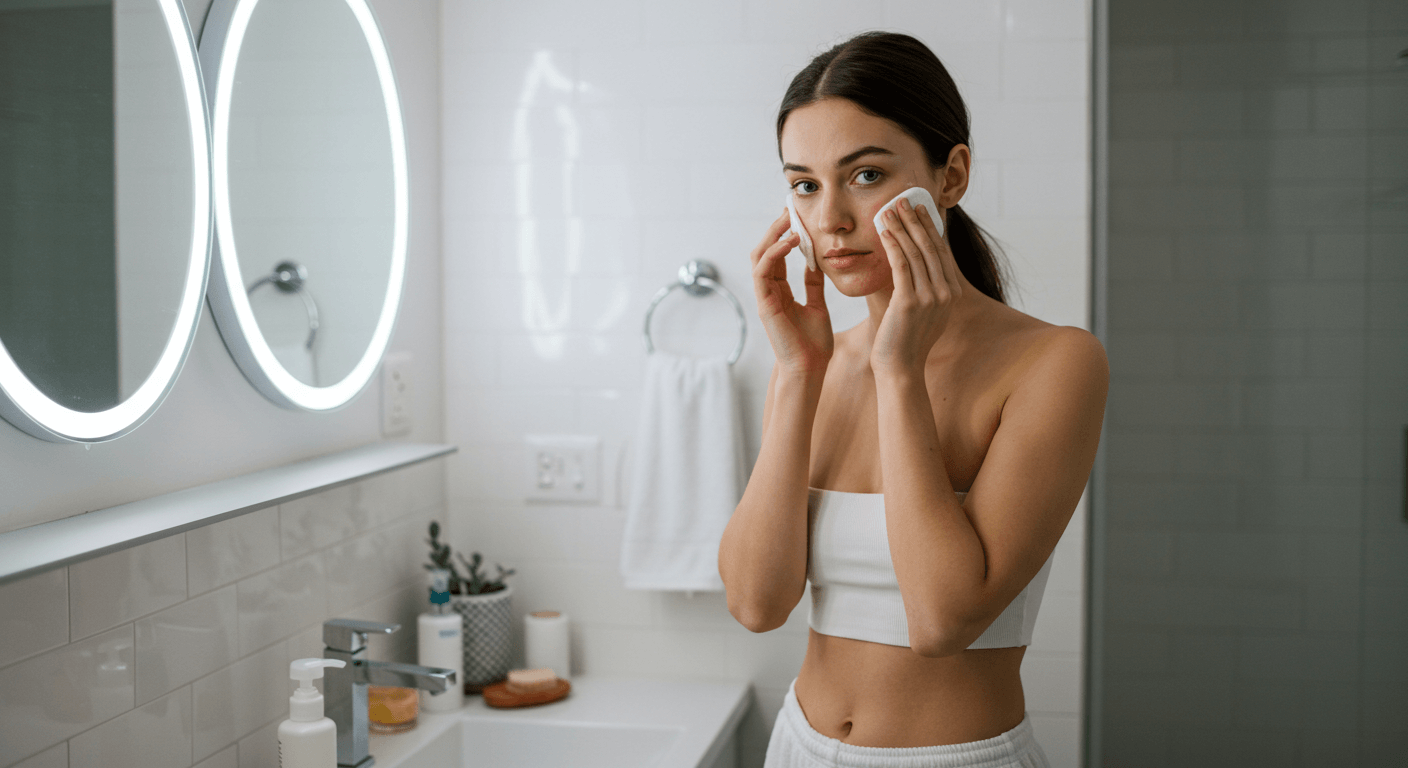
Lifestyle Changes for Clearer Skin
Little things you do every day can have a significant impact on your skin. For instance, getting enough sleep and staying hydrated can help regulate your skin’s natural barrier function and prevent acne. You should also try to manage stress through relaxation techniques like meditation or deep breathing, as high stress levels can lead to inflammation and acne breakouts. By making these simple lifestyle changes, you can create an environment that promotes healthy, acne-free skin.
Product Ingredients to Look For
Adept at navigating the complex world of skincare products, you know that not all ingredients are created equal. Concerning acne-prone skin, look for products containing salicylic acid, benzoyl peroxide, or tea tree oil, which have been shown to be effective in reducing inflammation and fighting bacteria. Be cautious of products with harsh chemicals or artificial fragrances that can irritate your skin and make acne worse.
Tips for choosing the right products include reading labels carefully and looking for natural ingredients that are gentle on your skin. You should also be aware of potential allergens and irritants that can cause adverse reactions, and always patch test new products before using them on your face. By being mindful of the ingredients in your skincare products, you can make informed choices that help you achieve the clear, healthy skin you deserve, and avoid the negative consequences of using the wrong products.
Step-by-Step Skincare Routine
All you need to do is follow a simple, consistent routine to keep your acne-prone skin under control. Your skincare routine should be tailored to your skin type and concerns. Here’s a breakdown of the steps you can follow:
| Step | Description |
|---|---|
| 1 | Cleanse your face with a gentle cleanser |
| 2 | Exfoliate with a chemical exfoliant or physical exfoliant |
| 3 | Apply a toner to balance your skin’s pH |
| 4 | Use a spot treatment for any active breakouts |
This routine will help you keep your skin clean, hydrated, and acne-free.
One of the most important things you can do for your skin is to establish a consistent morning and evening routine.
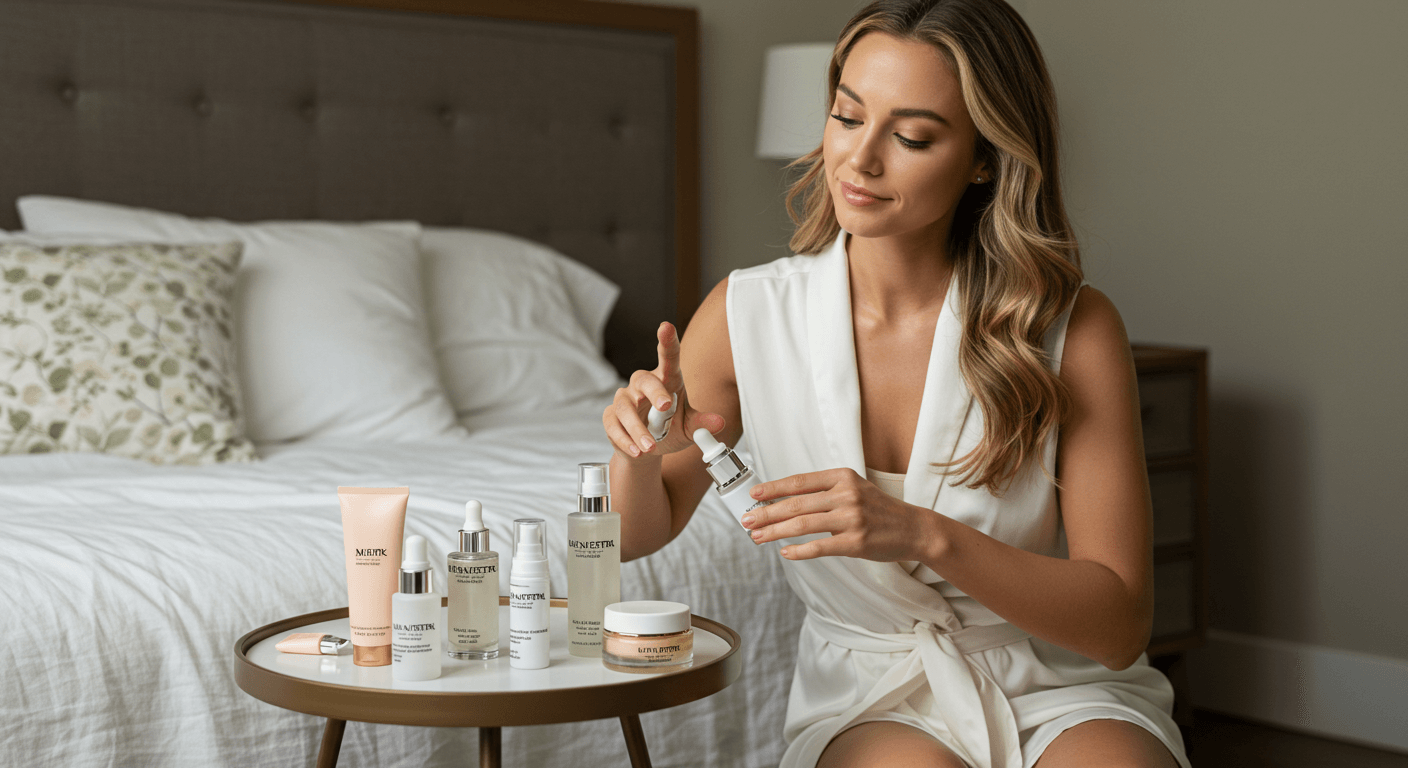
Morning Routine for Acne-Prone Skin
Obviously, you want to start your day with a fresh and clean face. Begin by washing your face with a gentle cleanser, followed by a toner to balance your skin’s pH. Then, apply a lightweight moisturizer to keep your skin hydrated throughout the day. Don’t forget to apply a broad-spectrum sunscreen with at least SPF 30 to protect your skin from harmful UV rays.
Evening Routine for Acne-Prone Skin
Now that your day is over, it’s time to unwind and pamper your skin. Start by removing your makeup with a makeup remover, followed by a gentle cleanser. Next, apply a exfoliant to unclog pores and remove dead skin cells. Then, apply a spot treatment to any active breakouts and finish off with a nourishing moisturizer to keep your skin hydrated and healthy.
Now, you’re probably wondering how to take your evening routine to the next level. StepbyStep, you can add a face mask or a chemical exfoliant to your routine to give your skin an extra boost. When applying a face mask, be sure to follow the instructions and avoid overdoing it, as this can lead to irritation and dryness. By following these steps and being consistent, you can keep your acne-prone skin under control and achieve a clear and glowing complexion.
Key Factors Affecting Acne-Prone Skin
After understanding your skin type, it’s necessary to comprehend the factors that affect your acne-prone skin. You’ll notice that several elements contribute to the development of acne, including environmental, genetic, and hormonal factors. Consider the following key factors:
- Stress levels, which can increase sebum production and lead to clogged pores
- Diet, which can impact your skin’s health and clarity
- Skincare routine, which can either help or hinder your skin’s health
Thou should be aware of these factors to effectively manage your acne-prone skin and develop a personalized skincare routine that addresses your unique needs.
Similar to how you take care of your overall health, you should also consider the impact of external factors on your skin.
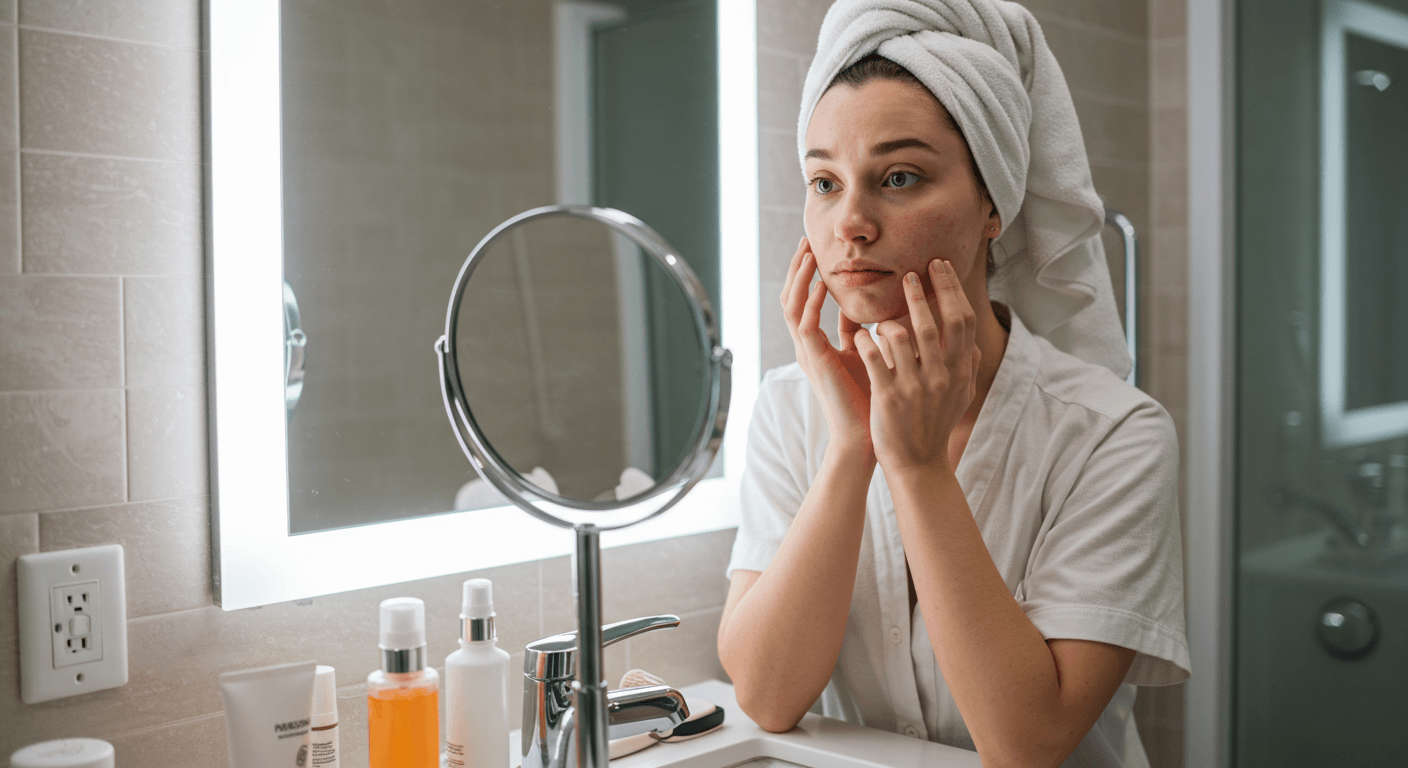
Environmental Factors
play a significant role in affecting your acne-prone skin. If you live in a polluted area or are exposed to toxins regularly, it can lead to inflammation and breakouts. Consider the following environmental factors:
- Pollution, which can clog pores and cause acne
- Climate, which can affect your skin’s moisture levels and lead to irritation
- Products, which can contain harsh chemicals that irritate your skin
After understanding these environmental factors, you can take steps to protect your skin and prevent further damage.
Similarly, you should also consider the impact of internal factors on your skin.
Genetic and Hormonal Factors
can significantly affect your acne-prone skin. You may have inherited genetic tendencies that make you more prone to acne, or your hormonal fluctuations may cause breakouts. Consider the following factors:
- Family history, which can increase your likelihood of developing acne
- Hormonal changes, which can lead to sebum production and clogged pores
- Menstrual cycles, which can cause hormonal fluctuations and lead to acne
This understanding will help you develop a more effective skincare routine that addresses your unique needs.
Factors such as genetics and hormones can play a significant role in affecting your acne-prone skin. You should consider the following:
- Genetic predisposition, which can make you more susceptible to acne
- Hormonal imbalances, which can lead to sebum production and clogged pores
- Stress and anxiety, which can exacerbate hormonal fluctuations and lead to acne
This knowledge will help you take a more holistic approach to managing your acne-prone skin and developing a personalized skincare routine that addresses your unique needs, including preventing breakouts and reducing inflammation.
Products and Treatments for Acne-Prone Skin
Not all skincare products are created equal, especially when it comes to acne-prone skin. You need to be careful about the products you use, as some can worsen your acne or even cause irritation. When choosing products, look for those that are labeled “non-comedogenic” or “oil-free”, as these are less likely to clog your pores. You should also opt for products that contain salicylic acid or benzoyl peroxide, as these ingredients can help to dry up pimples and reduce inflammation.
Regarding treating acne-prone skin, you have a variety of options to choose from. You can start with over-the-counter products and treatments, or you can consult with a dermatologist to get prescription medications and professional treatments. Whichever route you choose, it’s necessary to be patient and consistent with your skincare routine, as it may take some time to see positive results. It’s also important to keep in mind that everyone’s skin is different, so what works for your friend or family member may not work for you, and that’s completely normal.
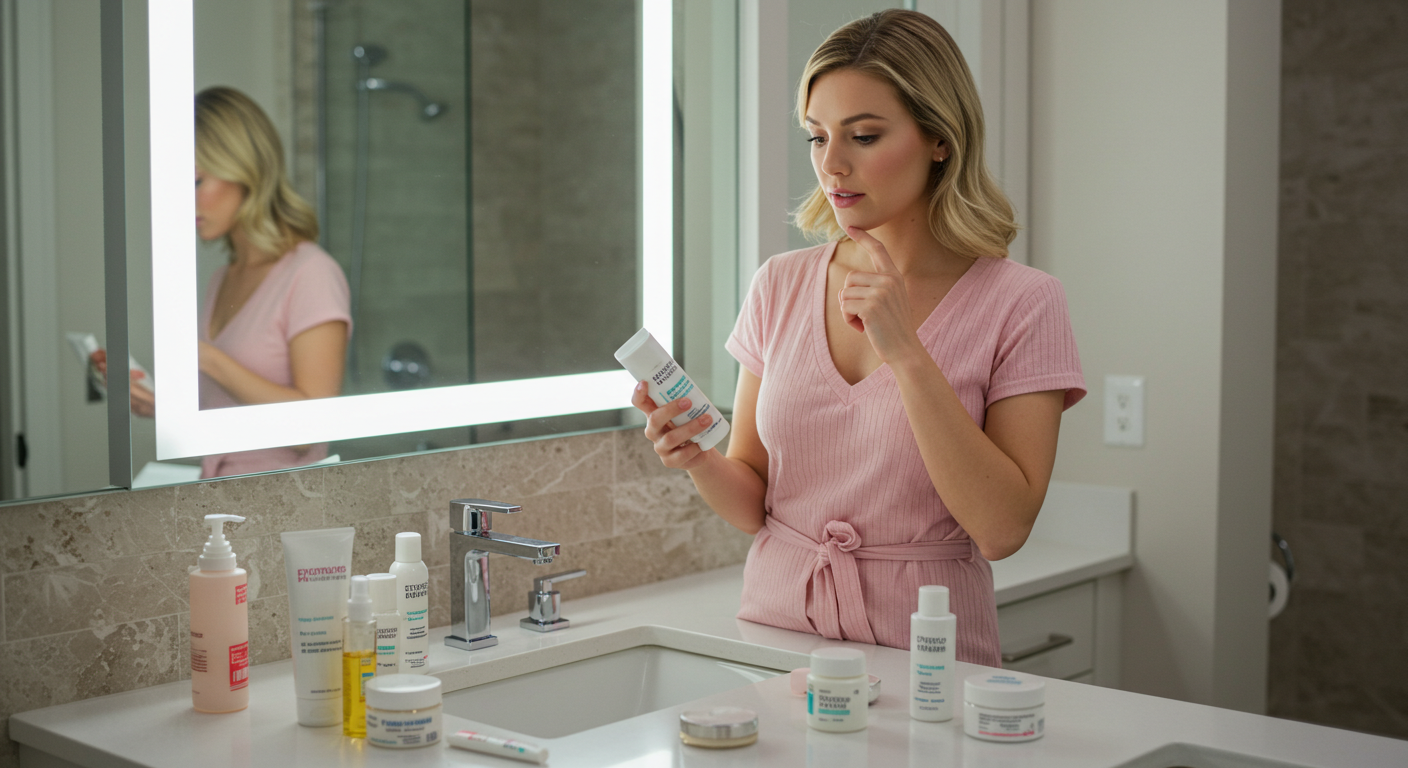
Over-the-Counter Options
Even if you’re not ready to consult with a dermatologist just yet, you can still find a variety of effective over-the-counter products and treatments for acne-prone skin. You can try using spot treatments that contain tea tree oil or hydrocortisone to help reduce redness and inflammation. You can also use face washes and moisturizers that are specifically formulated for acne-prone skin, and contain ingredients like glycolic acid or niacinamide that can help to exfoliate and brighten your skin.
Even with over-the-counter products, it’s important to follow the instructions carefully and start with a small patch test to make sure you don’t have any adverse reactions. You should also be aware that some over-the-counter products can have side effects like dryness or irritation, so be sure to moisturize and take breaks from products if you experience any of these issues.
Prescription Medications and Professional Treatments
Medications like retinoids and antibiotics can be effective in treating acne-prone skin, especially if you have severe acne or acne that doesn’t respond to over-the-counter treatments. You can also consider professional treatments like chemical peels or microdermabrasion to help exfoliate and brighten your skin. These treatments can be customized to your individual skin type and concerns, and can be a great option if you want to see fast and dramatic results.
Professional treatments like blue light therapy or extractions can also be effective in treating acne-prone skin. These treatments can help to kill bacteria that cause acne, and can also help to reduce inflammation and prevent scarring. However, it’s necessary to find a qualified and experienced professional to perform these treatments, as they can have serious side effects if not done properly.
Professional help is highly recommended if you’re struggling with severe acne or acne that doesn’t respond to over-the-counter treatments. A dermatologist can help you develop a personalized treatment plan that addresses your individual skin concerns and needs, and can also provide you with guidance and support throughout your treatment journey. With the right treatment and a little patience, you can achieve clear and healthy-looking skin that you’ll love.
Pros and Cons of Different Skincare Approaches
Many of you are aware that skincare routines can be quite complex, and it’s easy to get overwhelmed by the numerous options available. As far as acne-prone skin, it’s crucial to weigh the pros and cons of different approaches. Here’s a breakdown of some popular skincare methods:
| Skincare Approach | Pros and Cons |
|---|---|
| Natural Products | Effective for mild acne, but may not be enough for severe cases |
| Chemical-Based Products | Can be harsh on skin, but may provide quick results |
| DIY Treatments | Cheap and convenient, but may not be as effective as professional care |
| Professional Care | Personalized and effective, but can be expensive |
| Combination Therapy | Can be highly effective, but may increase risk of side effects |
You can see that each approach has its advantages and disadvantages, and it’s up to you to decide what works best for your skin type and concerns.
As you consider different skincare approaches, you’ll likely come across two popular debates: Natural vs. Chemical-Based Products and DIY Treatments vs. Professional Care.
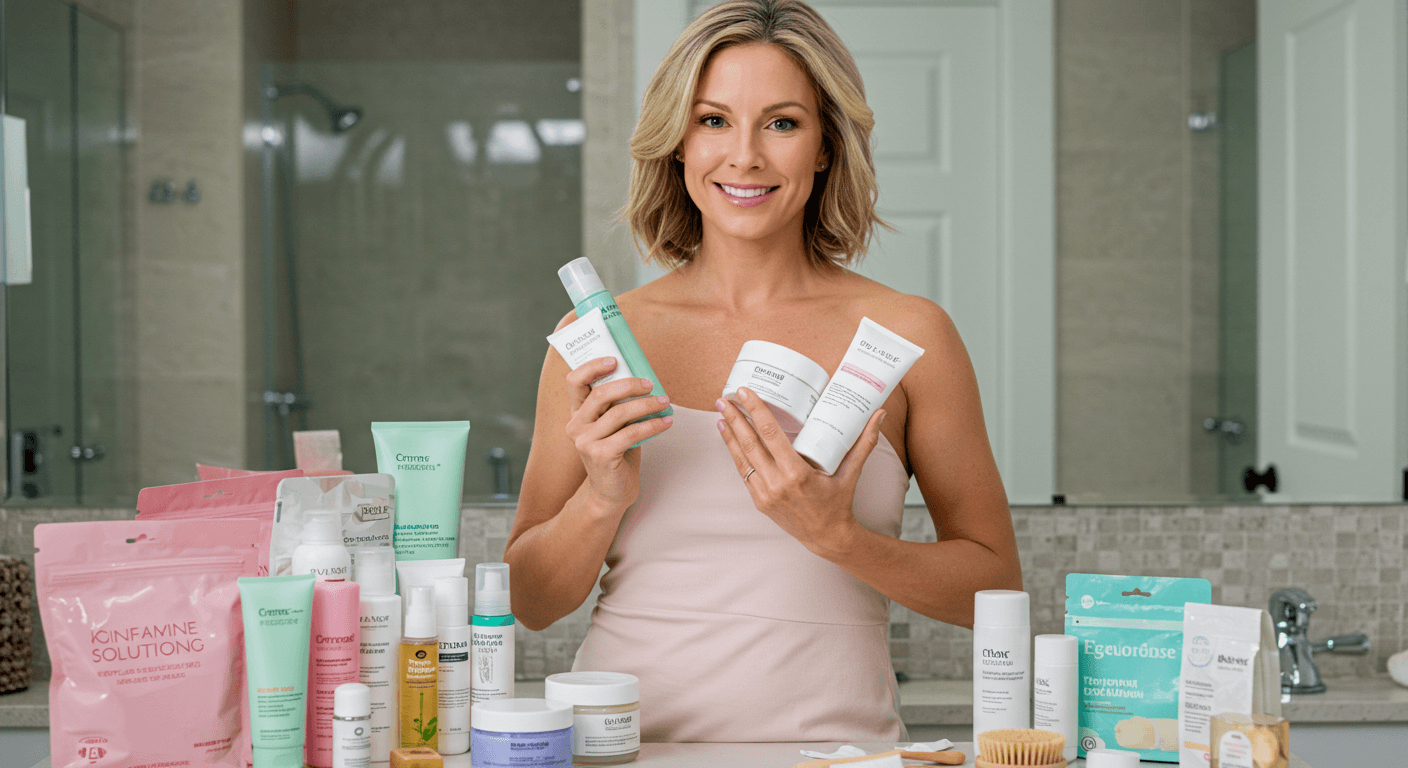
Natural vs. Chemical-Based Products
Approaching your skincare routine with natural products can be a great way to avoid harsh chemicals, but it’s crucial to be aware of potential allergic reactions. You may find that natural products are more gentle on your skin, but they may not provide the same level of acne-fighting power as chemical-based products. On the other hand, chemical-based products can be highly effective, but they may contain harsh ingredients that can dry out or irritate your skin.
DIY Treatments vs. Professional Care
Professionally, you may be tempted to try DIY treatments to save money and time, but be cautious of untested ingredients and methods. You may find that DIY treatments are convenient and cost-effective, but they may not provide the same level of expertise and personalized care as a professional dermatologist. It’s crucial to weigh the risks and benefits before deciding on a DIY treatment or seeking professional care. It’s also important to consider your skin type and concerns when deciding between DIY treatments and professional care. If you have severe acne or sensitive skin, it’s likely that professional care will be the better option, as a dermatologist can provide personalized advice and treatment to help you achieve your skincare goals. However, if you have mild acne or normal skin, DIY treatments may be a good starting point, as long as you follow proper instructions and take necessary precautions.
Summing up
Ultimately, you’ve made it to the end of this skincare routine for acne-prone skin, and now you’re ready to tackle those pesky pimples like a pro. You’ve learned about the importance of cleansing, exfoliating, and moisturizing, and how to choose the right products for your skin type. By following these steps, you’ll be well on your way to achieving the clear, glowing complexion you’ve always wanted. And, if you’re looking for even more tips and tricks, you can check out this article on How to Build a Skin Care Routine for Adult Acne to learn more about creating a personalized skincare plan that works for you.
As you start your new skincare routine, you’ll begin to notice improvements in your skin over time. You’ll see fewer breakouts, less redness, and a more even tone. And, with consistent effort, you’ll be able to maintain healthy, beautiful skin that makes you feel confident and radiant. So, go ahead and give your skin the care it deserves – you got this! With a little patience and persistence, you’ll be on your way to a clearer, brighter complexion in no time. Now, go forth and glow, and don’t forget to take care of your amazing skin – it’s the only one you’ve got, and it’s worth it!
FAQ:
Q: What are the initial steps for a skincare routine for acne-prone skin?
A: The initial steps for a skincare routine for acne-prone skin involve cleansing your face twice a day with a gentle, non-comedogenic cleanser that is suitable for your skin type. Massage a small amount onto damp skin, then rinse with lukewarm water. Pat dry with a clean towel, rather than rubbing vigorously, to prevent irritation. This helps in removing dirt and excess oil without stripping your skin of its natural moisture.
Q: How should I choose the right products for my acne-prone skin?
A: Choosing the right products for acne-prone skin is crucial. Look for products labeled “non-comedogenic” or “oil-free” as they are less likely to clog pores. Products containing salicylic acid or benzoyl peroxide can help control acne. Also, consider products with soothing ingredients like aloe vera or tea tree oil, which can help calm and reduce inflammation. Always read the ingredient list and follow the product’s instructions for use.
Q: What is the role of exfoliation in a skincare routine for acne-prone skin?
A: Exfoliation plays a significant role in a skincare routine for acne-prone skin. It helps remove dead skin cells and unclog pores, which can reduce the occurrence of acne. For acne-prone skin, chemical exfoliants containing alpha-hydroxy acids (AHAs) or beta-hydroxy acids (BHAs) are often preferred over physical exfoliants to avoid causing micro-tears in the skin. Use an exfoliant one to three times a week, depending on your skin’s sensitivity and how it responds.
Q: How can moisturizing help acne-prone skin, and which moisturizers are best?
A: Moisturizing is an important step in a skincare routine for acne-prone skin, as it helps to hydrate the skin and reduce irritation. Look for lightweight, oil-free moisturizers that won’t clog pores. Moisturizers containing hyaluronic acid are beneficial as they can retain moisture without causing greasiness. Apply a moisturizer after cleansing and treating your skin, while it is still slightly damp, to help lock in moisture.
Q: Are there any additional tips for managing acne-prone skin beyond the basic skincare routine?
A: Beyond the basic skincare routine, there are several additional tips for managing acne-prone skin. Keeping your hands away from your face can help prevent the transfer of bacteria and oils from your hands to your face. Wearing non-comedogenic makeup and removing it properly before bed is also important. Staying hydrated by drinking plenty of water can help flush out toxins from the body, and maintaining a balanced diet rich in fruits, vegetables, and whole grains can support skin health. Furthermore, reducing stress through techniques like meditation or yoga can help, as stress can exacerbate acne.
What is a good routine for acne prone skin?
Cleanse twice daily with a gentle, non-comedogenic face wash, use a salicylic acid toner, apply a benzoyl peroxide spot treatment, and moisturize with an oil-free, non-comedogenic moisturizer.
What should my skin care routine be to get rid of acne?
Cleanse twice daily, use a salicylic acid spot treatment, and moisturize. Exfoliate 2-3 times per week.
What are the 7 steps of skincare?
Cleanse, Tone, Serum, Moisturize, Eye Cream, Mask, Sunscreen.
How to skin cycle for acne prone skin?
Cleanse skin twice daily. Use a gentle, non-comedogenic moisturizer. Apply a thin layer of a retinoid product every 2-3 days. Avoid excessive exfoliation. Wear SPF 30 or higher sunscreen daily.

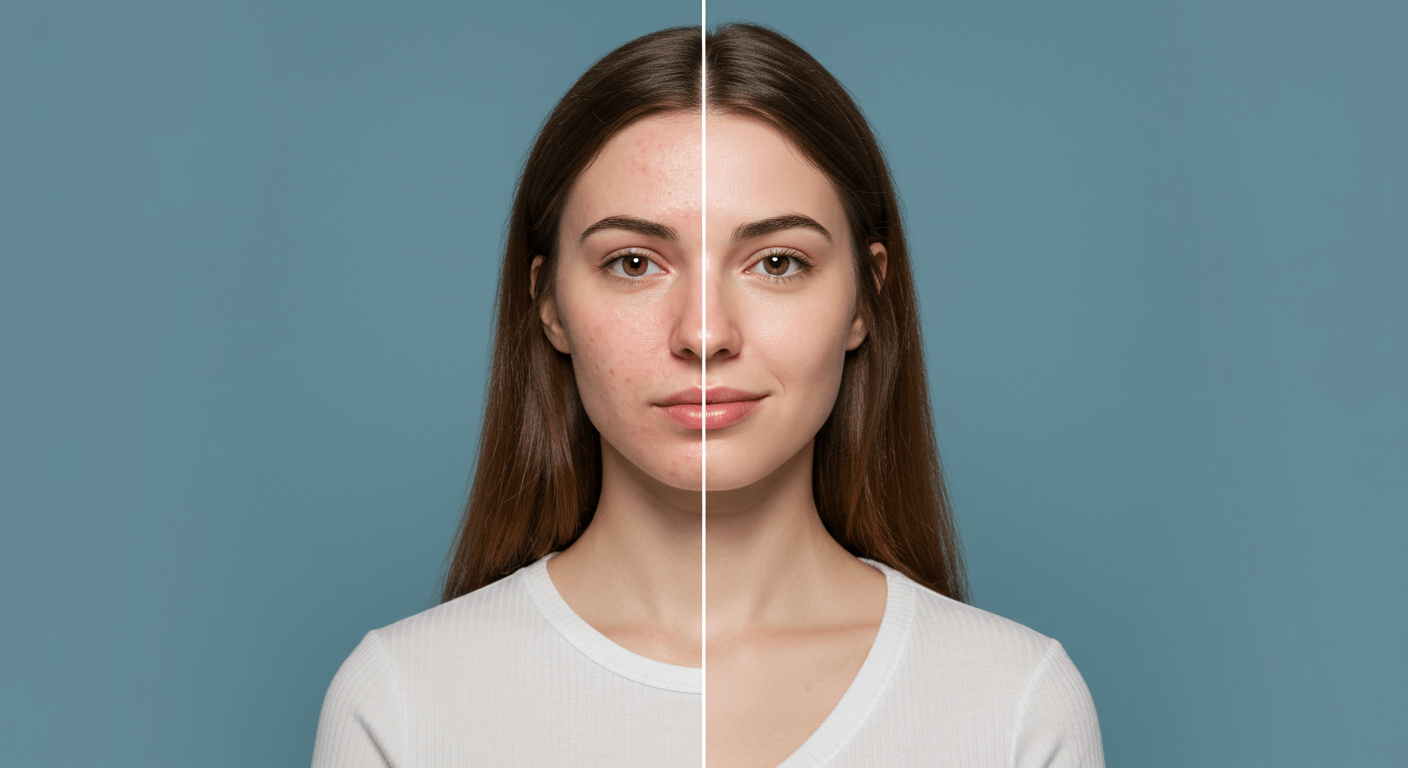


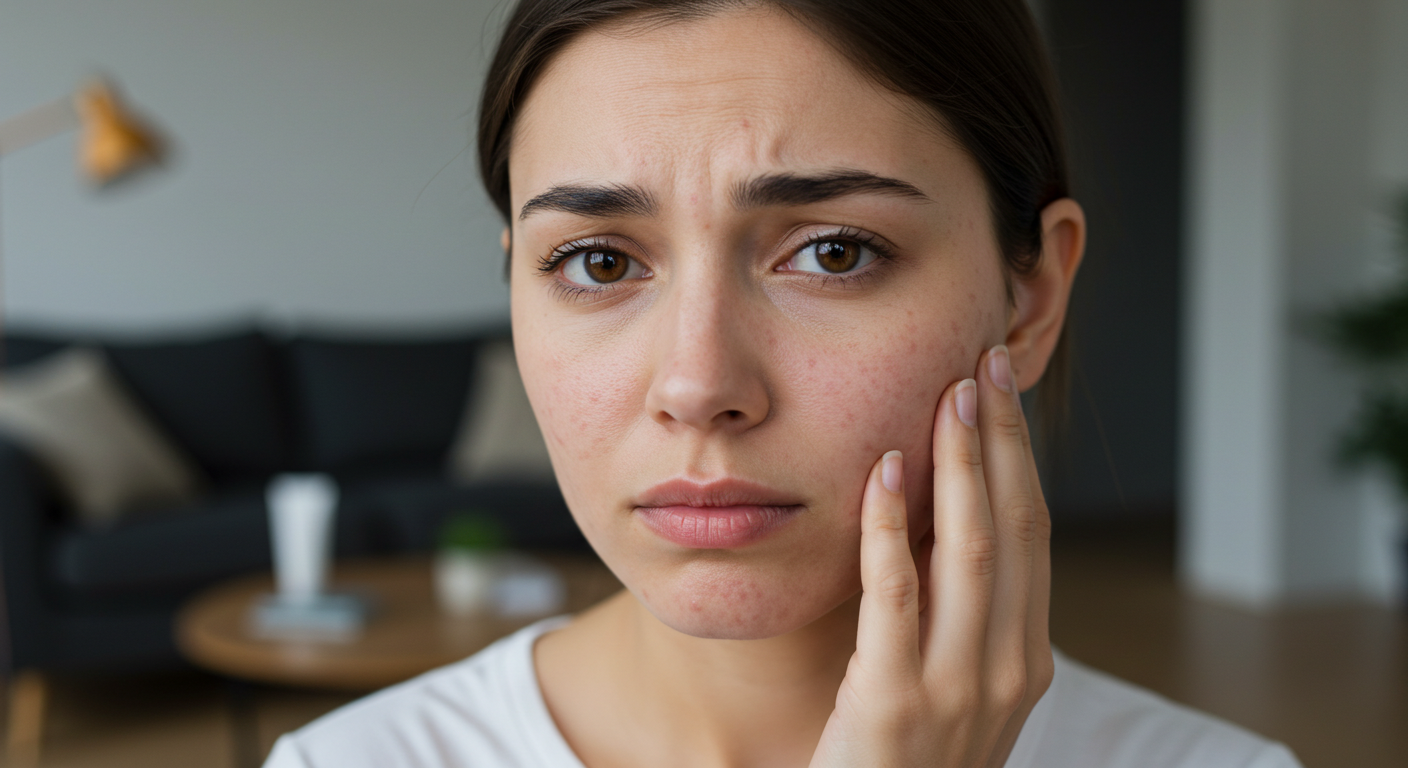

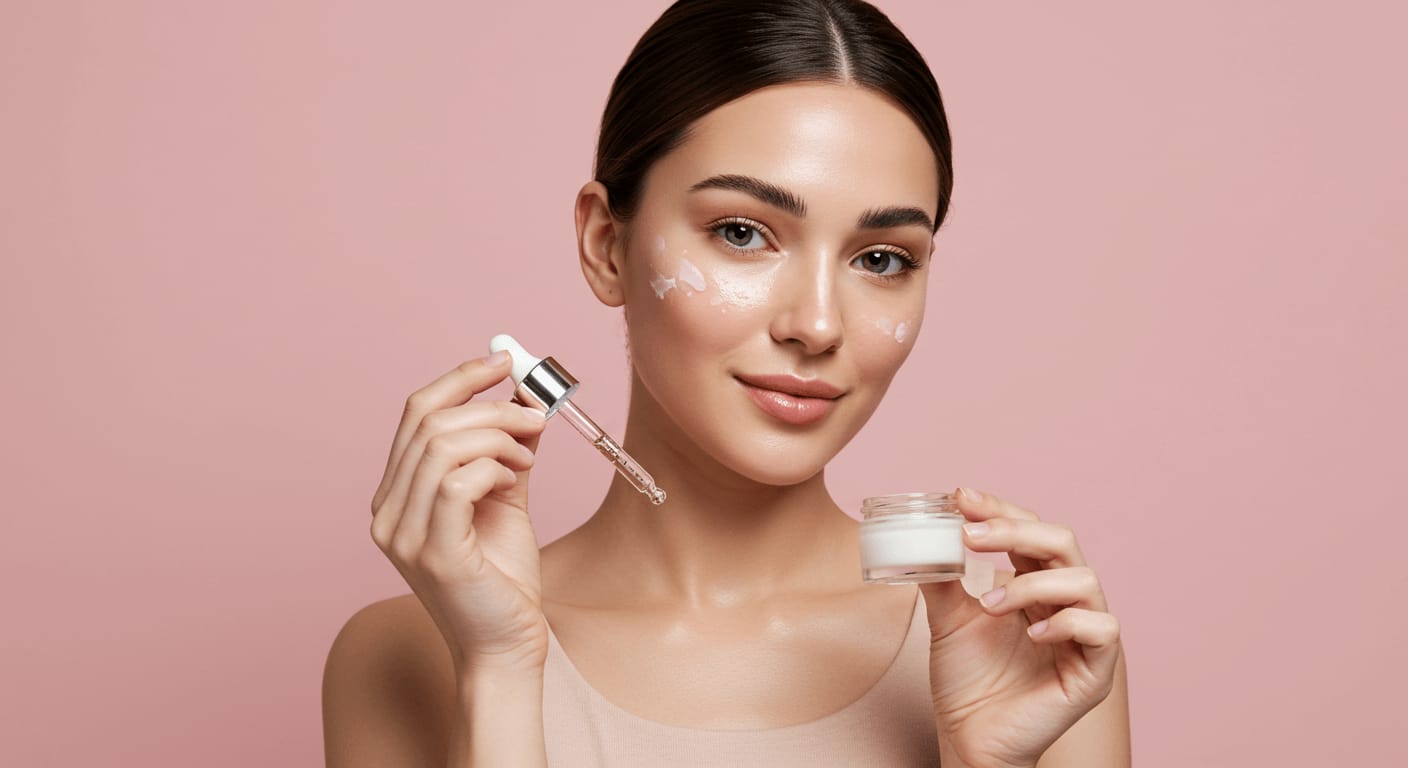

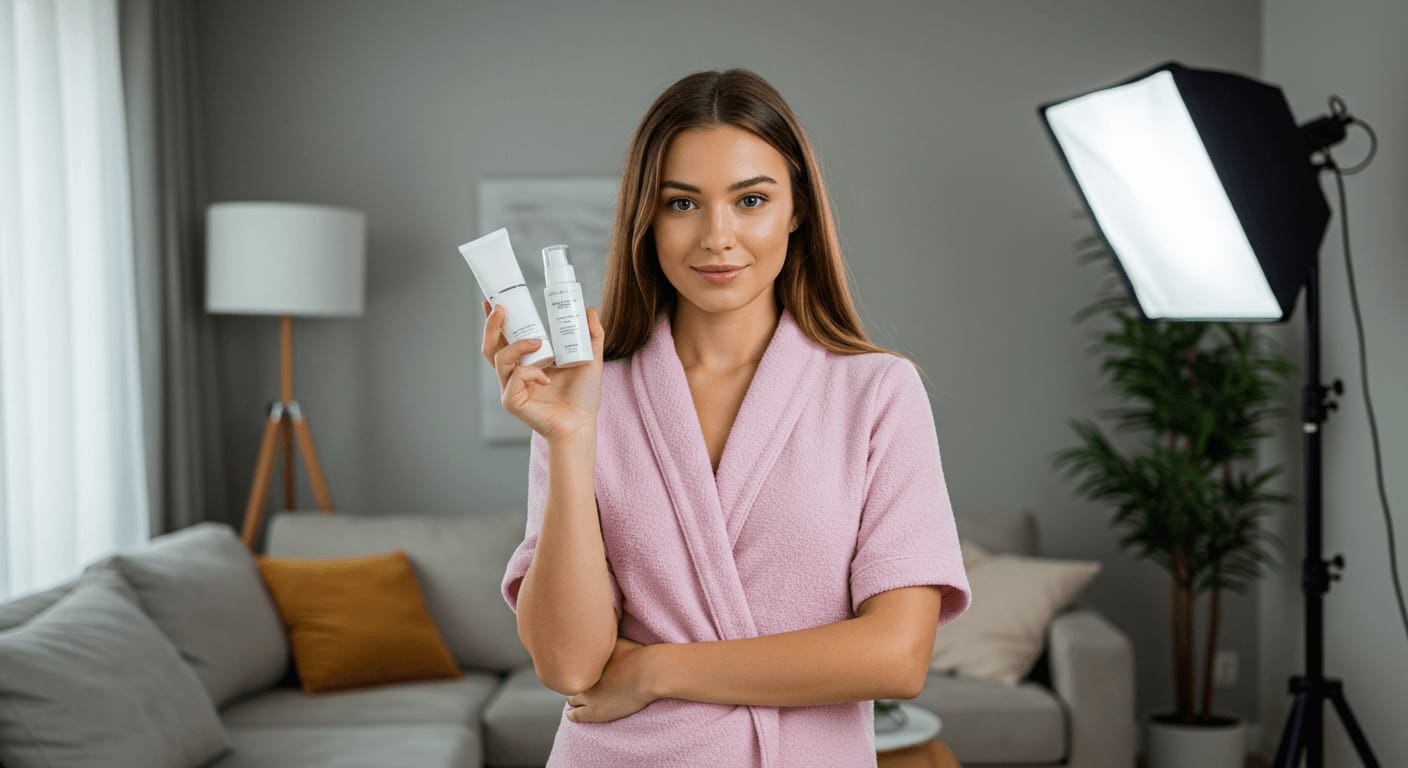

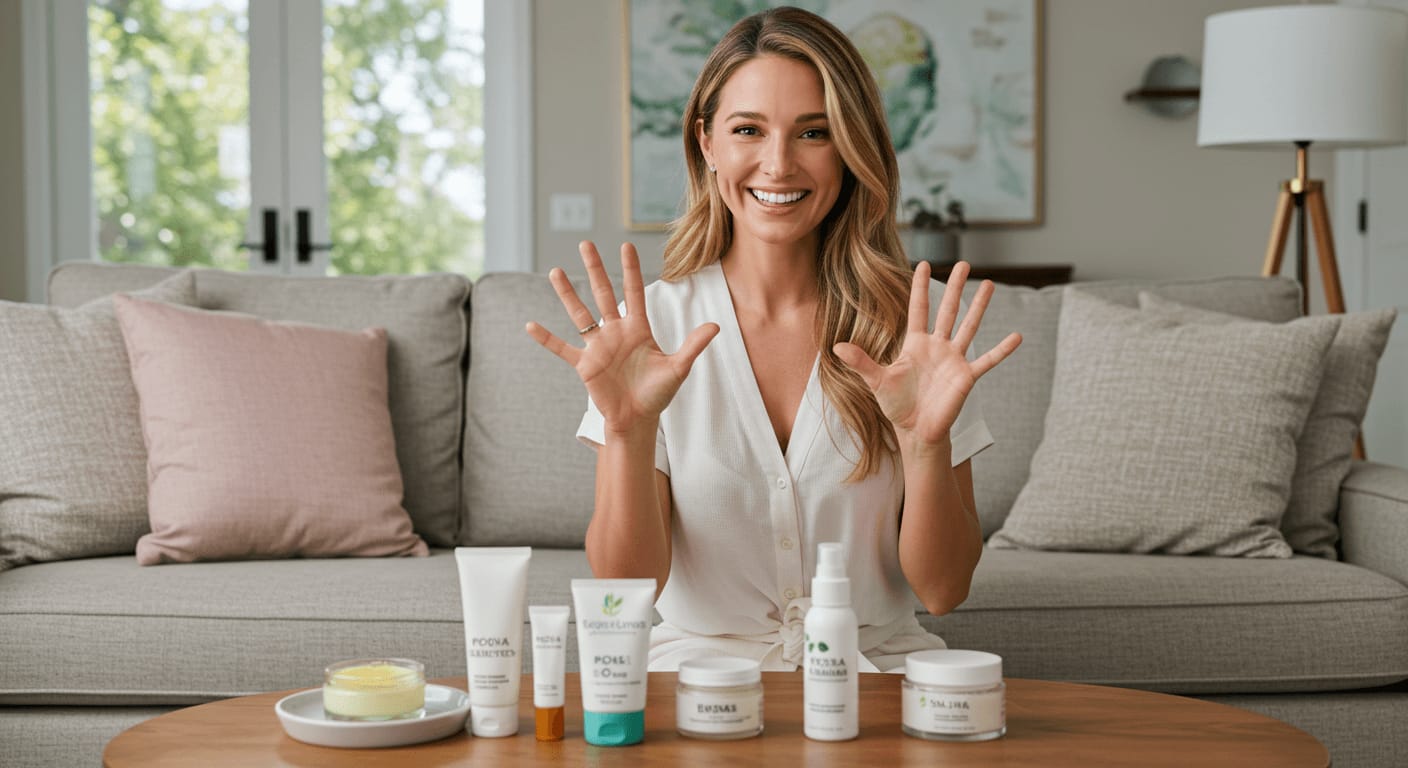

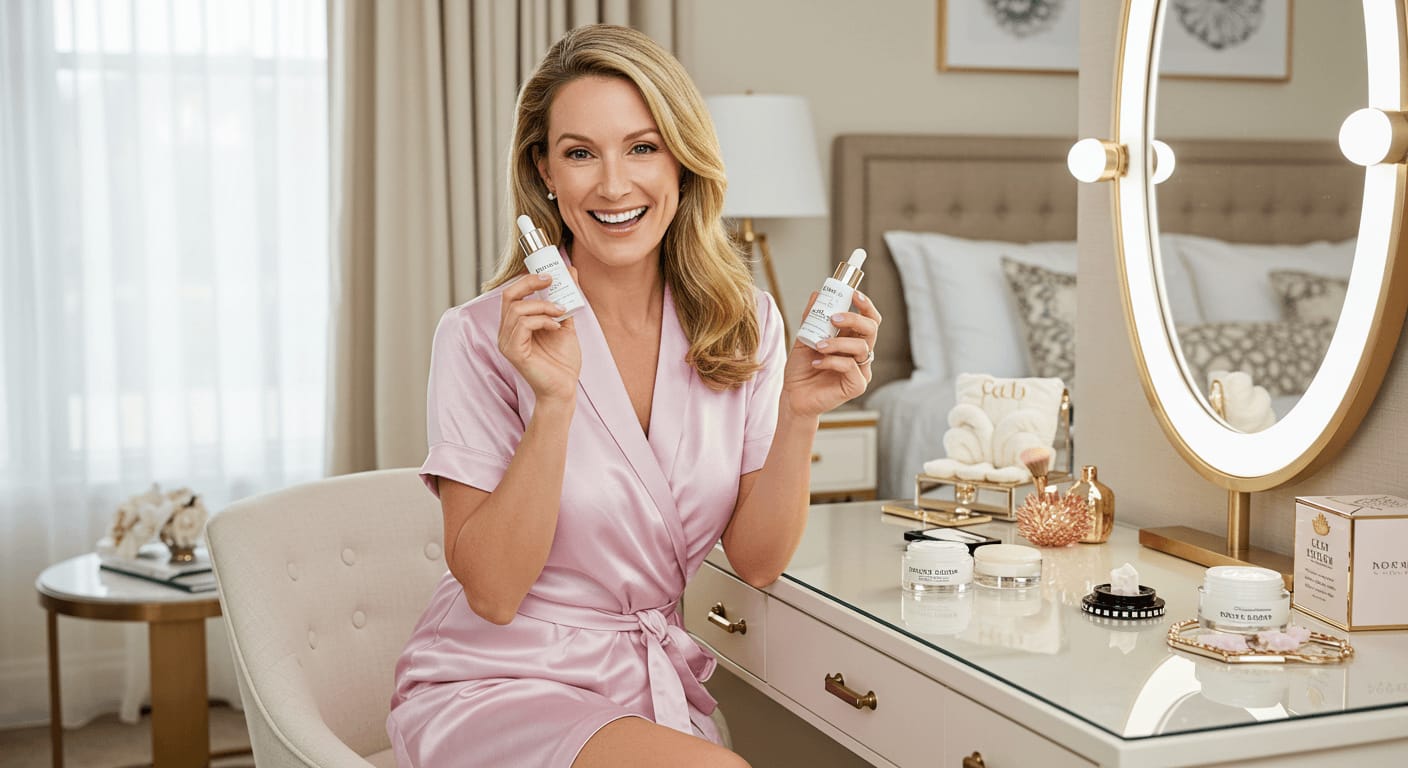



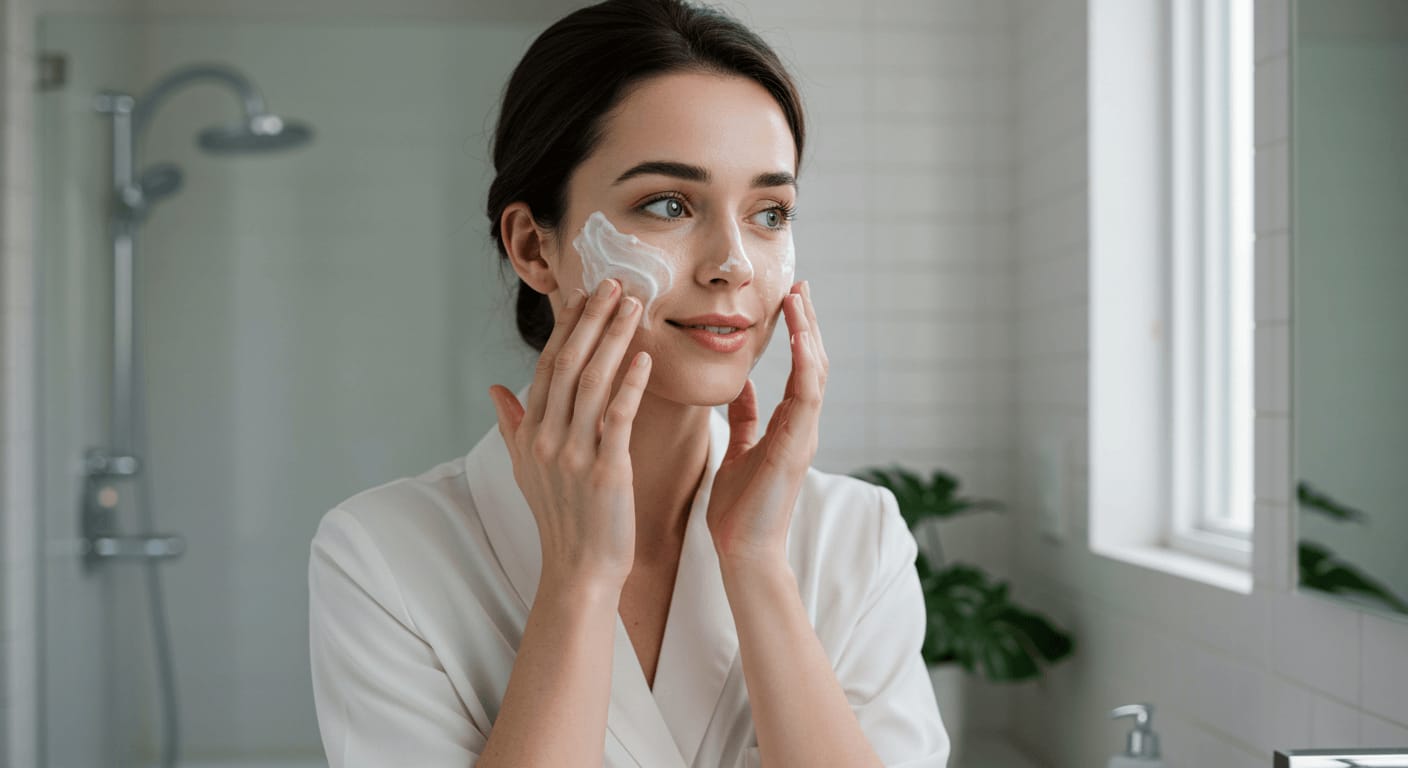








0 Comments
Trackbacks/Pingbacks